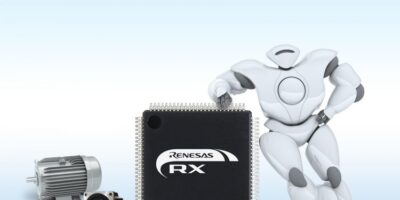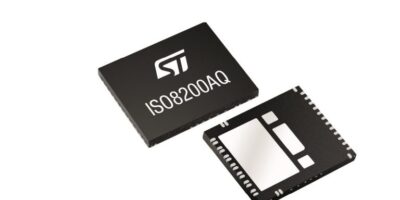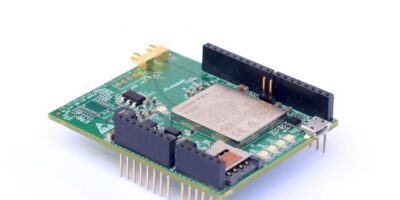Based on the third generation RXv3 CPU core, the RX66T group of microcontrollers (MCUs) improves performance, by as much as 2.5 times better than previous RX family MCUs, says Renesas Electronics Europe.
The RX66T MCUs combine the powerful RXv3 core with the strengths of the existing current RX62T and RX63T MCUs, to address the real-time performance and enhanced stability required by inverter control. The RX66T MCUs are designed for use in industrial applications in smart factory equipment, such as industrial motors, power conditioners and robots, as well as smart home appliances, including air conditioners and washing machines.
When operating at 160MHz, the RX66T MCUs achieve best-in-class performance of 928 CoreMark2, enabling more precise inverter control, reports Renesas. The MCUs can control up to four motors simultaneously, making them particularly well-suited to conventional motor control and applications requiring multi-axis motor control, such as compact industrial robots and personal robots. In addition, the RX66T’s extra processing capacity allows developers to add programs utilising embedded AI (e-AI) for motor fault detection. Such programs can detect motor faults and identify fault location in real time based on the motor’s current or vibration characteristics. The RX66T MCUs also integrate a 5V power supply that is claimed to deliver “excellent noise tolerance”.
The RX66T MCU group will accelerate the use of intelligent endpoints employing real-time e-AI performance, Renesas believes, a trend which will drive smarter home appliances and improve production efficiency in smart factories.
As devices join the IoT, motorised devices in the field will require online firmware updates throughout their life cycles. Applying e-AI for predictive failure diagnostics requires endpoint MCUs to be securely updated with learning results generated in the cloud. The RX66T MCU Group incorporates Trusted Secure IP (TSIP), which has a track record of CAVP certification3 and provides secure firmware updates and encrypted communication.
The RX66T group comprises 80 MCUs with pin counts ranging from 64 to 144 pins and on-chip flash memory sizes of 256 to 1024kbyte. Mass production has started today for the 100-pin package MCU with 256 or 512kbyte of program flash and 64kbyte of SRAM. Other MCU versions will be release over time.
Renesas is demonstrating the RX66T MCUs in Hall 10.1 – booth 130 at SPS IPC Drives, 27 to 29 November 2018 in Nuremberg, Germany.







